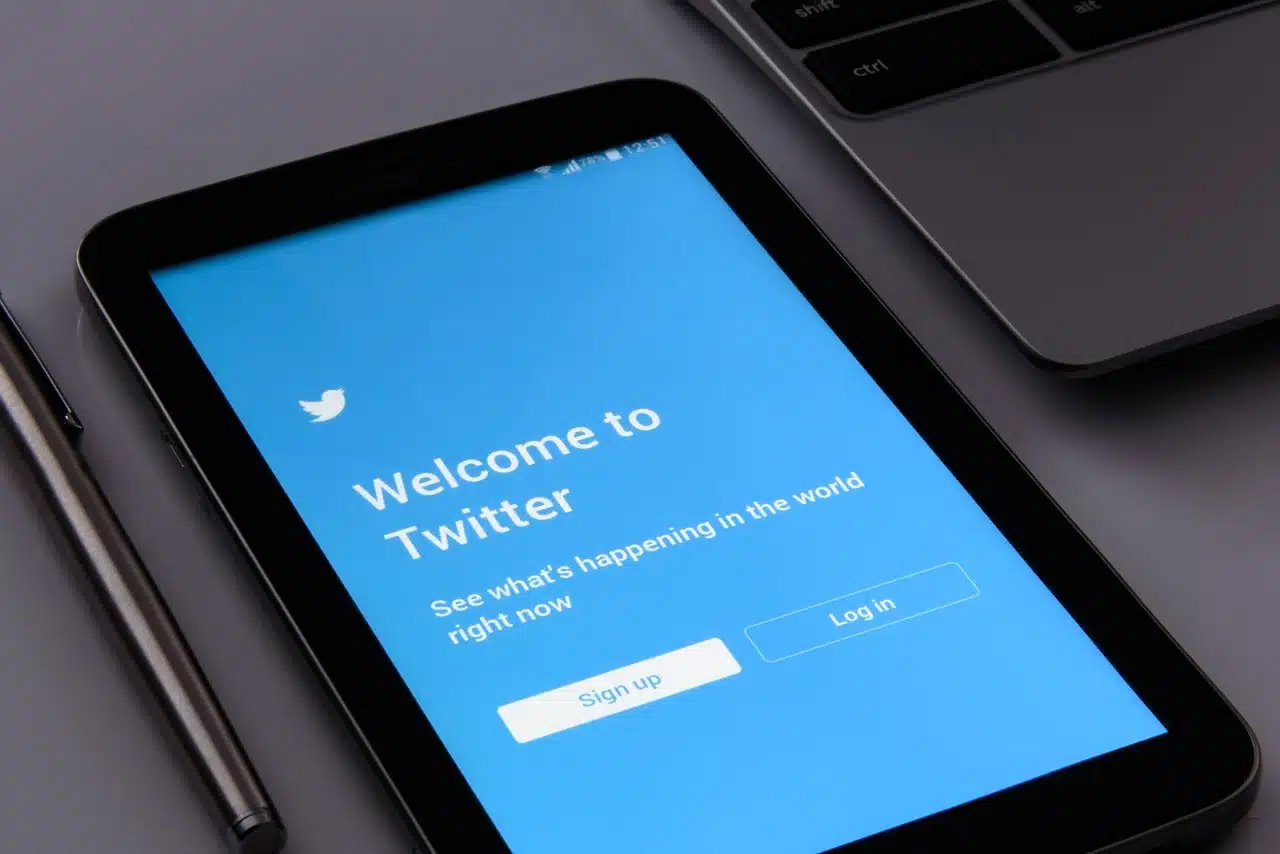
Twitter is a social network that is characterized by the brevity of its messages.
Twitter is an English term that can be translated as "twitter" or "warble" and is the name of a microblogging network that allows you to write and read messages on the Internet that do not exceed 280 characters . These entries are known as tweets or tweets . Since 2023 this platform has been called X , although it is common for its users to continue calling it Twitter.
Microblogging is a variant of blogs (digital logs or notebooks that were born as personal online diaries). Their difference lies in the brevity of their messages and their ease of publication (they can be sent from mobile phones, computers or devices with instant messaging software).
When a user posts a message to their Twitter or X page, it is automatically sent to all users who have chosen the option to receive them. This message can also be seen immediately in the user's profile.
Twitter concept
The Twitter platform was born in October 2006 in San Francisco ( United States ) as a social network with certain authentic characteristics. Among them, we can mention that it allows an absolutely free service without advertising (it is financed with investments from venture capital companies ), it is very easy to use and it established a new form of communication , in which the public and the private are combined. they merge.
There are several concepts associated with the use of Twitter: followers are those people who follow an account; The most popular topics or trending topics are the most mentioned topics of the day; To retweet is to share news that has been published on another account so that our followers know it: and hashtags are words or phrases that begin with the hash or pound symbol (#) to create a list (by clicking on a hashtag, Twitter performs a search and returns messages from all users who have used that same hashtag).

Many people choose to use Twitter on their phone or other mobile devices.
His role in the Arab Spring
The tools are at our disposal so that we can use them wisely. There are no bad and good tools but only positive and negative ways to use them. This is the case of Twitter and the revolution in the Arab world during 2009 and 2010 . Thanks to the versatility of the networks and the good use that the Arabs made of them (taking advantage of their low popularity and the little danger they posed for those who sadistically governed these countries), it was possible for them to play a fundamental role in fomenting the revolution.
Twitter was not only a space in which revolutionaries could communicate with each other and go to the points where the protests would be concentrated, but they were also able to show the world what was taking place in their respective countries. And thanks to this, a revolution was able to develop that would mark the end of an era and completely change the vision that the world had of these countries.
Despite the censorship that authoritarian governments imposed, social networks allowed the world to know from good sources what was happening , unmasking the most tyrannical dictators of the last century. In this process, mobile phones played a fundamental role, allowing journalists and citizens to capture images and audio to show them in streaming to the entire world.
While the traditional media stood out for their resounding silence regarding the protest movements, the citizens did not, and this caused the voice of pages carried out by the revolutionaries themselves to be more noticeable. Such was the case of Nawaat.org , which served to spread the news. In turn, Twitter was the platform that allowed the exchange of messages and collaborated with the protesters themselves to receive the encouragement sent from all over the planet.
The good use that the Arabs made of Twitter during the most preponderant revolution of the last century is, without a doubt, an example that it is possible to adapt to new times and make appropriate use of new technologies , allowing us to grow and communicate to try together for a more just world.
Literature via Twitter
Twitter , today X , is a platform that is also used for the creation and dissemination of literature. There are writers who take the limitation of characters as a challenge to create micro-stories , while others chain several tweets into threads to develop longer stories.
The Spanish author Salvador Gutiérrez Solís achieved a huge impact with his stories in threads from his account @gutisolis . In fact, a compilation of those viral tweets became a book titled “Hanging by a Thread” and a series of short films sponsored by Sony Pictures that has been baptized “The Threads of Fear.”
We spoke with Gutiérrez Solís about his experience in writing stories of this type:
– To what do you attribute the immense significance that your stories achieved on Twitter? How do you work, what resources do you appeal to, to surprise and capture the attention of thousands of users through stories structured in threads?
Many people have a very negative perception of X, as a space of conflict and insult. Mine is exactly the opposite. Social networks are like life itself. There are those who go out in their car to enjoy the trip, and there are those who go out to insult the person next to them. I circulate among cars driven by educated and talented people. I think they like my threads because they offer a global suspense story in just a few minutes, because it is narrative, literature, and because they are comfortable to read.
Salvador Gutiérrez Solís
